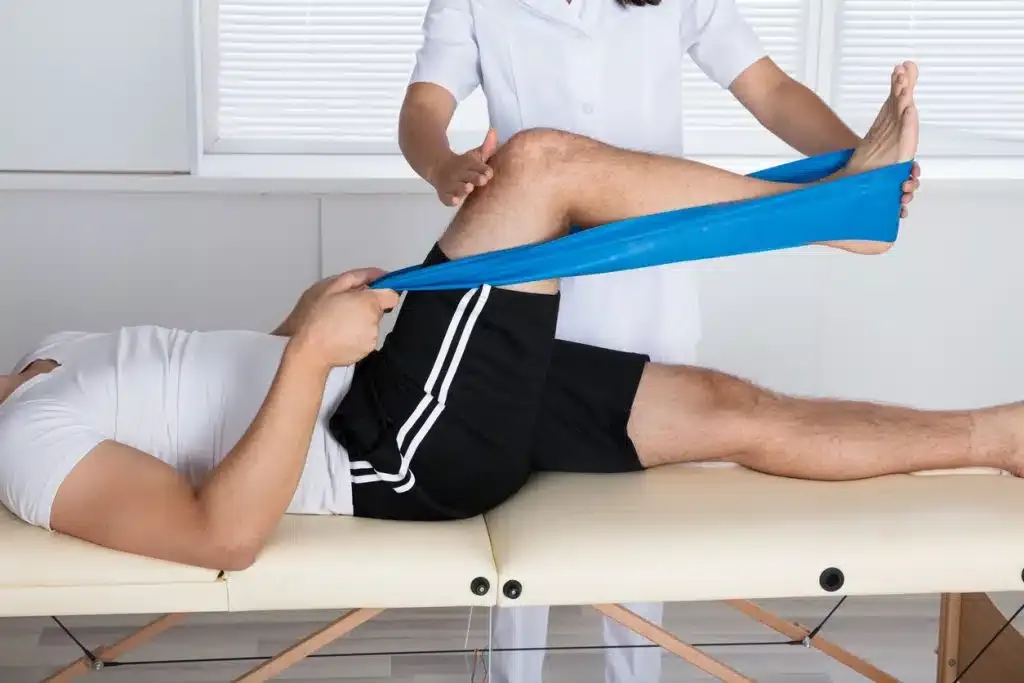Physiotherapy at Home
In today’s fast-paced world, health often takes a back seat to convenience. However, physiotherapy at home bridges that gap — providing professional, personalized care without the need to step outside your door. Whether you’re recovering from an injury, managing chronic pain, or seeking to improve mobility and strength, home-based physiotherapy can be life-changing.

Why Choose Physiotherapy at Home?
Home physiotherapy isn’t just about comfort — it’s about personalization and effectiveness. A familiar environment allows your therapist to assess real-life challenges, like how you move around your home, climb stairs, or perform daily activities. This helps them design exercises that truly fit your lifestyle.
Moreover, for patients with mobility issues or post-surgery restrictions, home visits eliminate the stress of travel while ensuring continuity of care.
Benefits of Home Physiotherapy
Convenience: No travel, no waiting rooms — therapy comes to you, on your schedule.
Personalized Recovery: Treatment plans are customized to your specific needs, environment, and goals.
Faster Healing: With regular monitoring and consistent sessions, recovery tends to be quicker and more sustainable.
Family Involvement: Loved ones can observe and learn supportive techniques to help with your exercises safely.
Comfort & Privacy: Being in your own space can reduce anxiety and make therapy sessions more effective.
Who Can Benefit?
Home physiotherapy can be beneficial for people of all ages dealing with:
Orthopedic conditions: Fractures, joint replacements, back or neck pain.
Neurological issues: Stroke, Parkinson’s disease, or multiple sclerosis.
Post-surgical recovery: Especially after knee or hip replacement.
Chronic pain and arthritis: Long-term management and mobility improvement.
Pediatric and elderly care: Gentle, supportive therapy for developing or aging bodies.
What to Expect During a Home Visit
A licensed physiotherapist will typically:
Evaluate your condition and medical history.
Set clear recovery goals and milestones.
Demonstrate exercises and ensure proper technique.
Provide manual therapy, stretches, or pain relief modalities if required.
Track your progress and adapt sessions over time.
All you need is a small space, a yoga mat, and a positive attitude.
The Future of Accessible Healing
The rise of tele-rehabilitation and hybrid physiotherapy models now allows patients to combine virtual consultations with in-person home visits. This hybrid approach makes expert guidance available to even more people, ensuring accessibility and affordability.
Conclusion
Physiotherapy at home is more than a convenience — it’s a personalized, empowering approach to health and recovery. It brings professional care to your doorstep, turning your home into a space of healing, movement, and strength.
Your journey to recovery doesn’t have to begin in a clinic — it can start right where you are.